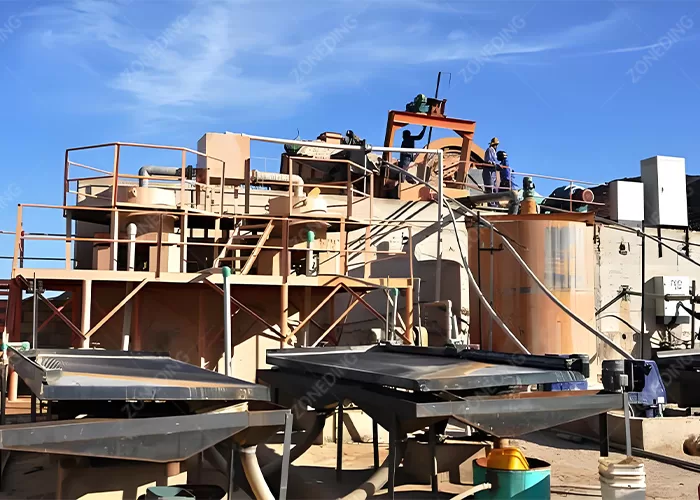全站搜索
Search the entire website
Search the entire website
The composition of barite ore is complex, and there are strict requirements on the fineness of the product in application. The common barite beneficiation process is hand selection, gravity separation, flotation, and magnetic separation.
ZONEDING can provide you with a complete set of barite processing plant and equipment according to the specific types of barite mines to satisfy your needs.
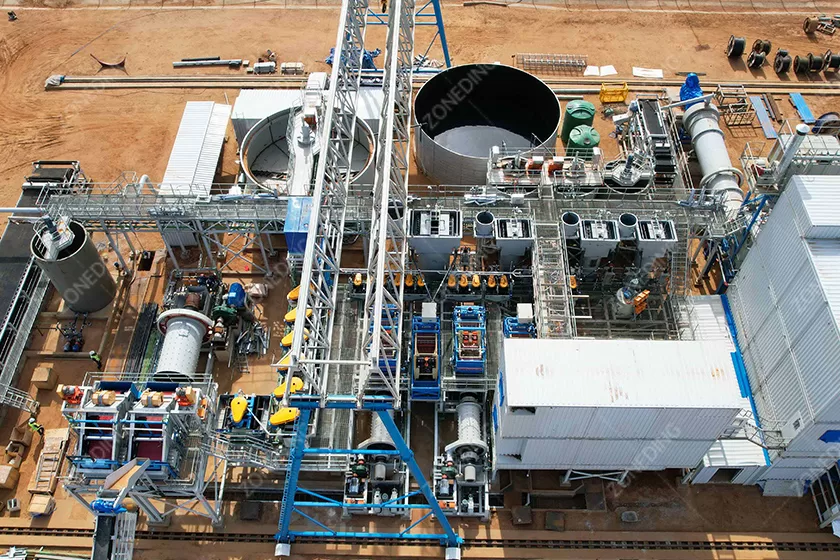
Many customers only focus on the barium sulfate (BaSO4) content of their raw ore. This happens when a project starts. But the real “secret” is to deeply analyze the raw ore’s mud content, gangue mineral types, embedment size, and how they coexist. Barite has a much higher density than most gangue minerals. However, if the gangue is muddy, this creates big problems for later beneficiation steps.
From my practice, if your raw ore has high clay content, you must add a washing step before crushing and screening. This is not just to remove mud. It is to make sure barite particles are clean. This exposes them fully. This creates the best conditions for later gravity separation, like jigging. If you skip this, it will hurt the effectiveness of gravity separation. It can even make your concentrate grade not meet standards. Investing early in ore analysis and washing equipment will give you great returns. You will see better beneficiation efficiency, stable product quality, and less equipment wear. Many projects face hidden problems by ignoring washing.
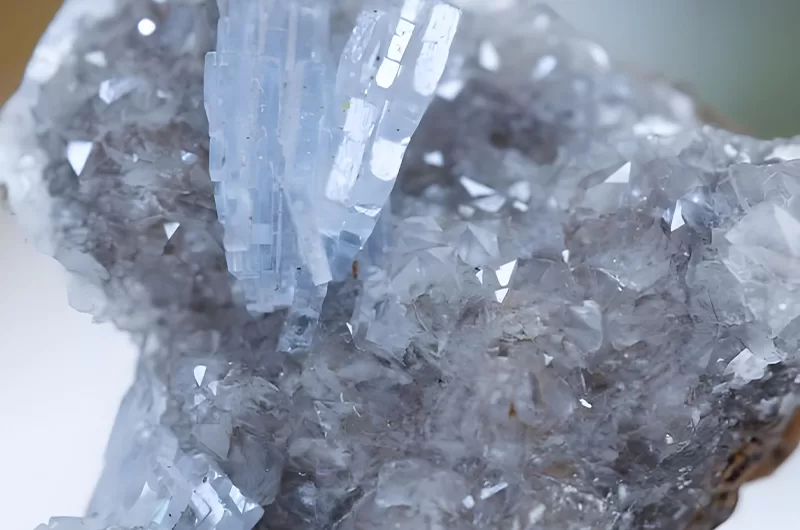
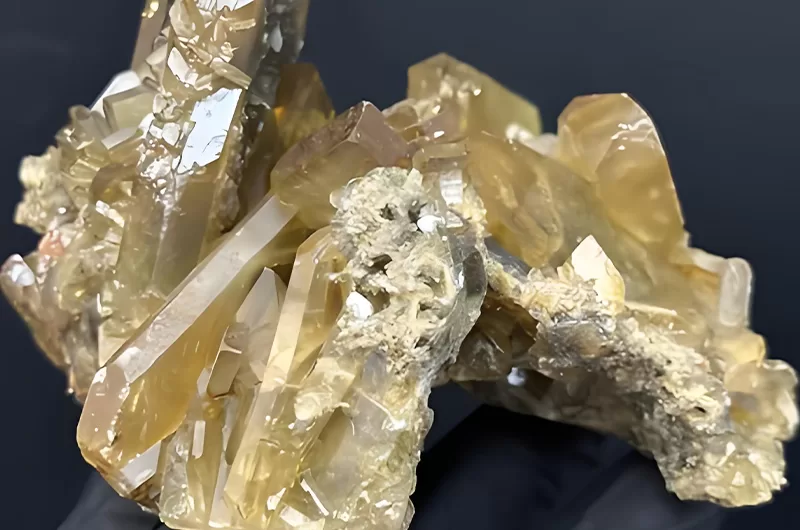
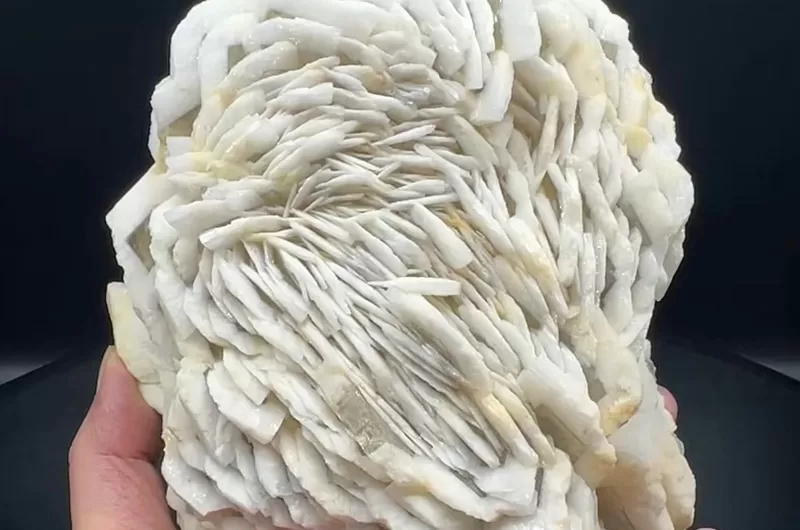
| Aspect | Why It Matters | How It Helps You |
|---|---|---|
| Mud Content | Directly impacts gravity separation efficiency | Determines if washing is needed, and what type |
| Gangue Mineral Types | Influences choice of separation methods and reagents | Helps in selecting specific flotation or magnetic separation |
| Embedment Size | Guides grinding fineness | Ensures optimal liberation without over-grinding |
| Accurate analysis guides optimal process design and saves costs. |
is the main equipment for barite gravity separation. But many customers think one jigging machine can solve all problems. The real “secret” is this: to get high recovery and high-grade concentrate, you must use a multi-stage jigging separation process. You also need precise pre-classification.
Barite’s density advantage makes it ideal for jigging separation. However, minerals of different particle sizes separate very differently in a jigging machine. So, it is critical to strictly screen crushed materials before jigging. This means sending different sized materials to different jigging machines. For example, use coarse jigs, medium jigs, and fine jigs. Each works on its specific size range. For jigging tailings and middlings, you can further recover barite. You can do this by re-grinding and re-jigging. Or, you can use fine slime separation. This may seem like it adds more equipment. But it greatly boosts overall recovery and final product purity. In the long run, this is much more economical than wasting resources from poor separation.
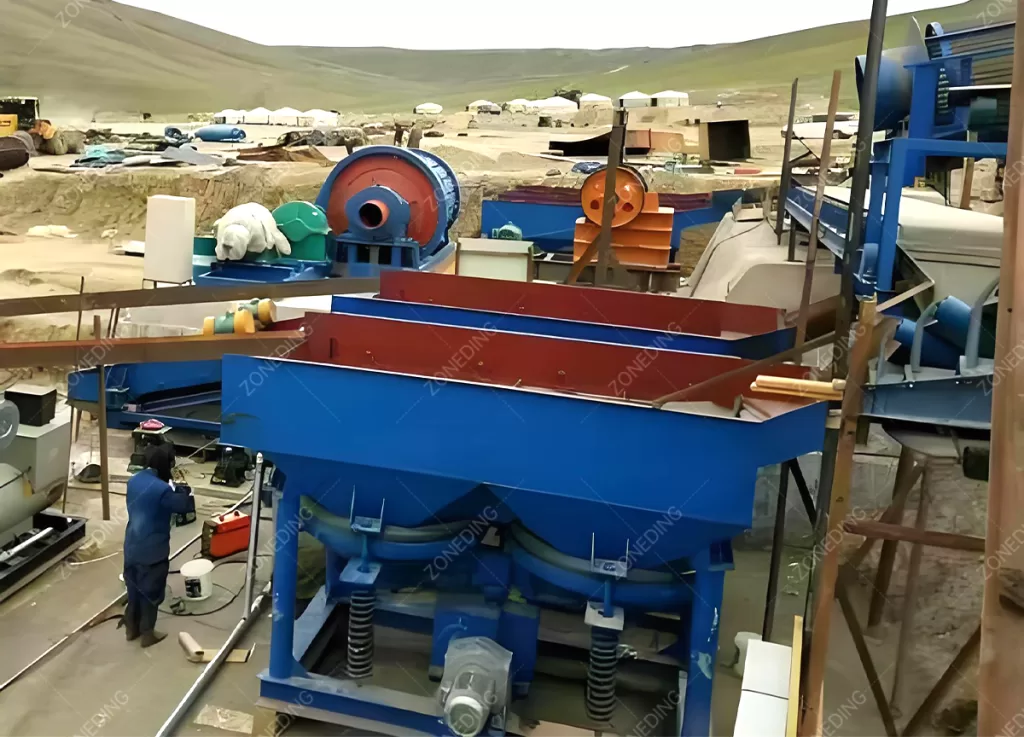
Gravity separation is usually best for barite. But for very fine barite (like 98% passing 200 mesh for drilling mud) or complex ores that gravity separation struggles with, flotation is a must. Many projects wrongly think gravity separation solves everything. Or, they blindly send all material to flotation.
My view is that barite products for drilling mud need very fine particles. They usually need 98% passing 200 mesh. Some even need 90-95% passing 325 mesh. This means ultra-fine grinding before flotation. The key to flotation is choosing the right reagents, such as fatty acid collectors. It also needs precise control of pulp conditions. Flotation can achieve higher concentrate grades and finer particle sizes. But its reagent use and energy consumption are often higher than gravity separation. So, when to use flotation, and how big it should be, needs careful thought. Consider your final product needs, ore properties, and budget.
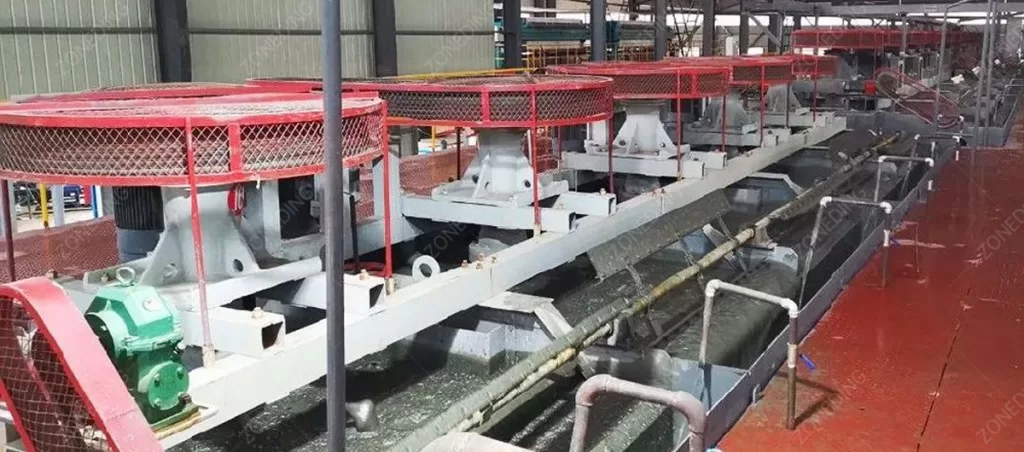
| Condition | Why Flotation is Needed | How It Helps You |
|---|---|---|
| Ultra-fine Barite | Gravity separation struggles with very fine particles | Achieves high purity for fine product needs |
| Complex Mineral Coexistence | Gangue minerals have similar densities to barite | Selectively separates barite with specific reagents |
| API Standard Requirements | High specific gravity demands high purity | Helps meet strict product specifications |
| Learn more about different flotation processes on our Flotation Machine page. |
Barite minerals are often finely embedded. This means they need fine grinding to separate. But grinding too fine creates a lot of very fine particles. These fines have large surface areas. They absorb a lot of reagents. This increases reagent use. It lowers separation efficiency. It also reduces concentrate grade. It also loses valuable minerals. Fine particles also make thickening and filtering much harder.
My view is that the goal of grinding is “optimal liberation,” not “finest size.” This means you free minerals sufficiently. You also reduce over-grinding as much as possible. This requires a multi-stage grinding and classification system. For example, you can use a Rod Mill for coarse grinding. Then use a Ball Mill for fine grinding. Combine this with efficient hydrocyclones or a Spiral Classifier for precise classification. After each grinding stage, you should deslime as needed. Desliming is very important before flotation. It improves concentrate grade and recovery. This is not just about installing machines. It is about careful design. You need to control grinding circulation load and desliming efficiency. You must avoid “coarse grinding, fine separation” or “fine grinding, coarse separation” mistakes.
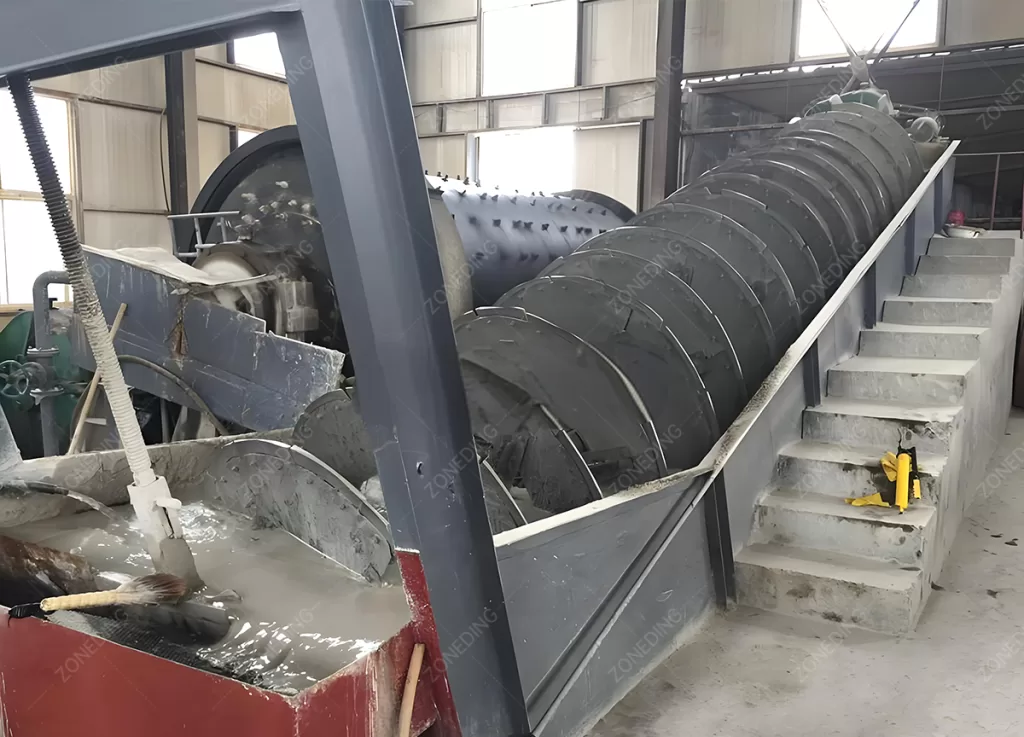
Building a barite beneficiation plant needs the right “hardcore” equipment. Every machine is important. It goes from breaking big rocks to making the final product dry. The way you choose and arrange this equipment is key. It ensures maximum efficiency. It also keeps breakdowns low.
1. Crushing Section:
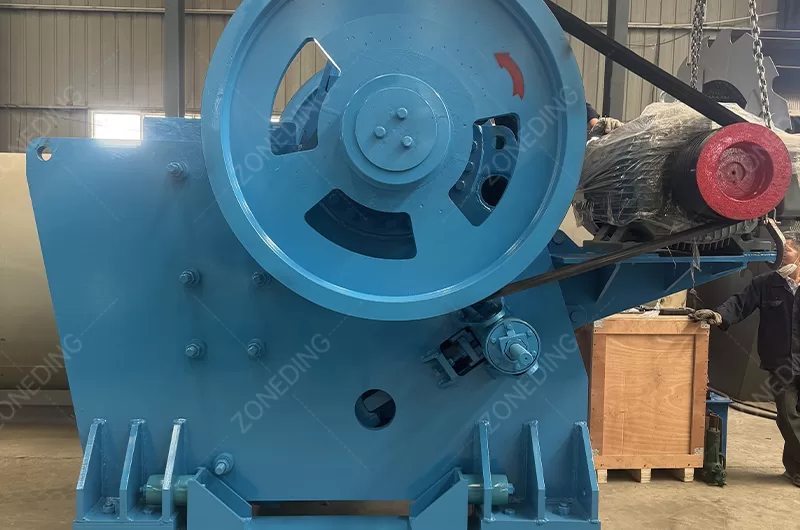
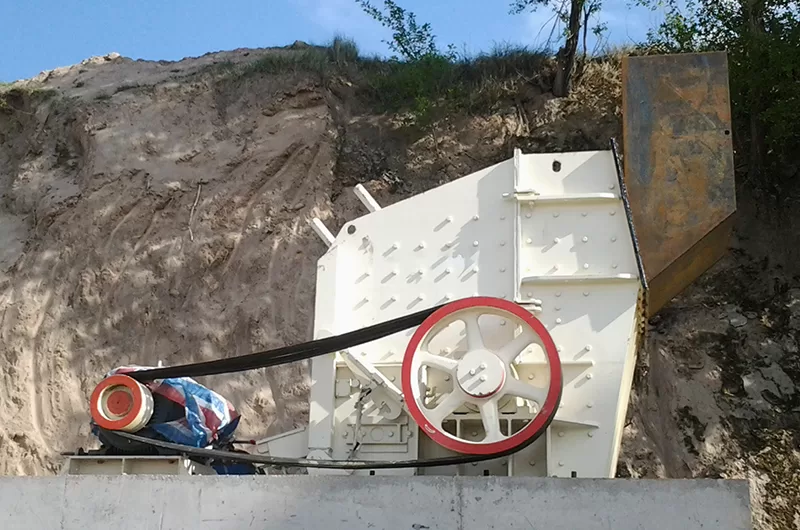
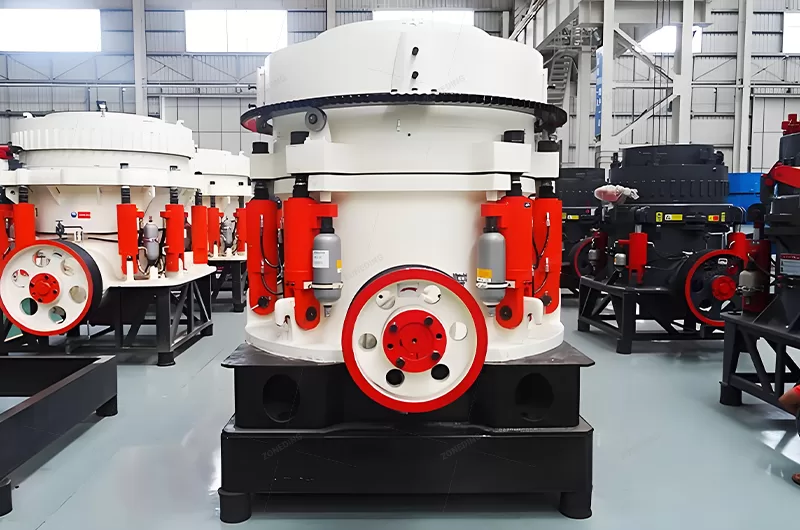
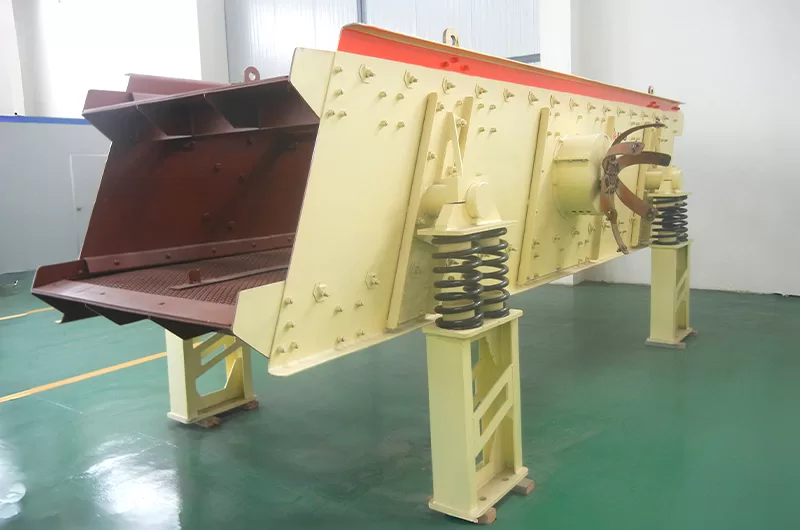
2. Washing Section:
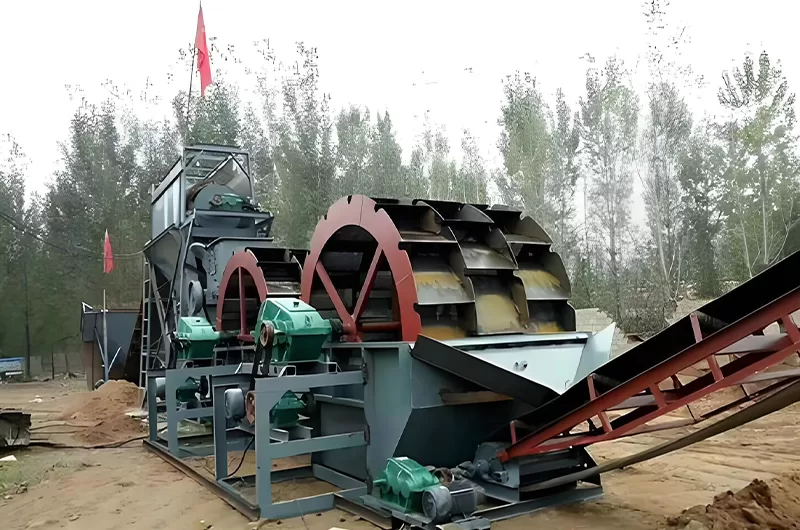
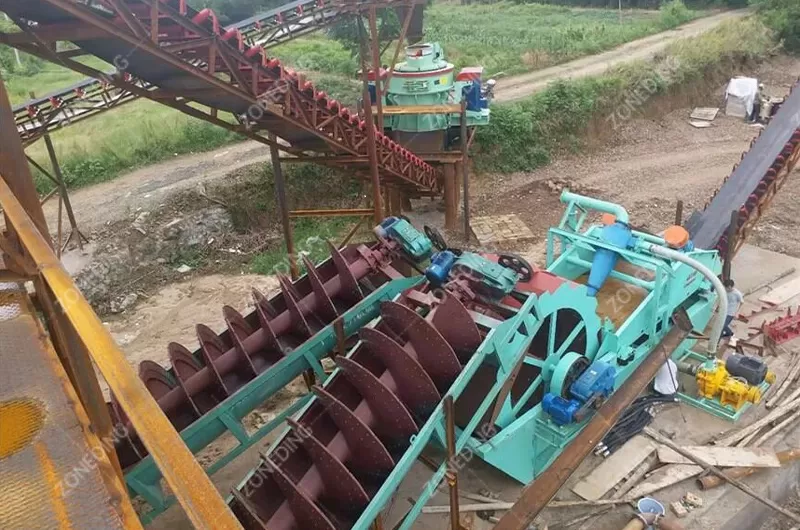
3. Grinding Section:
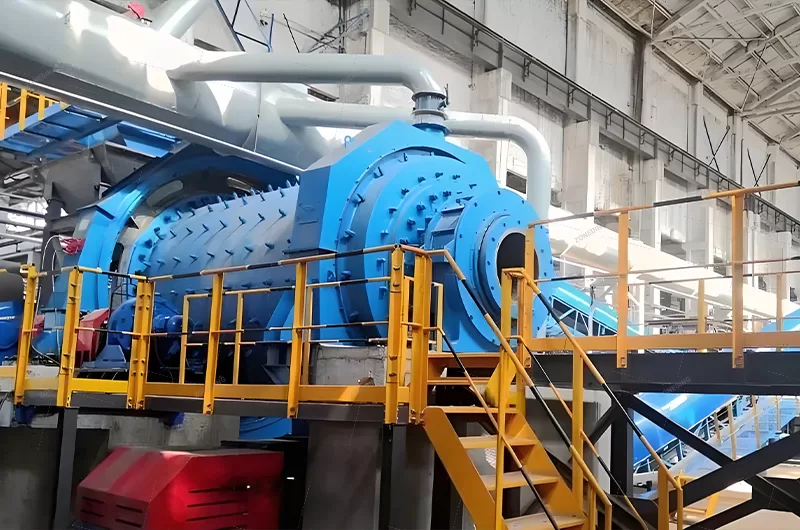
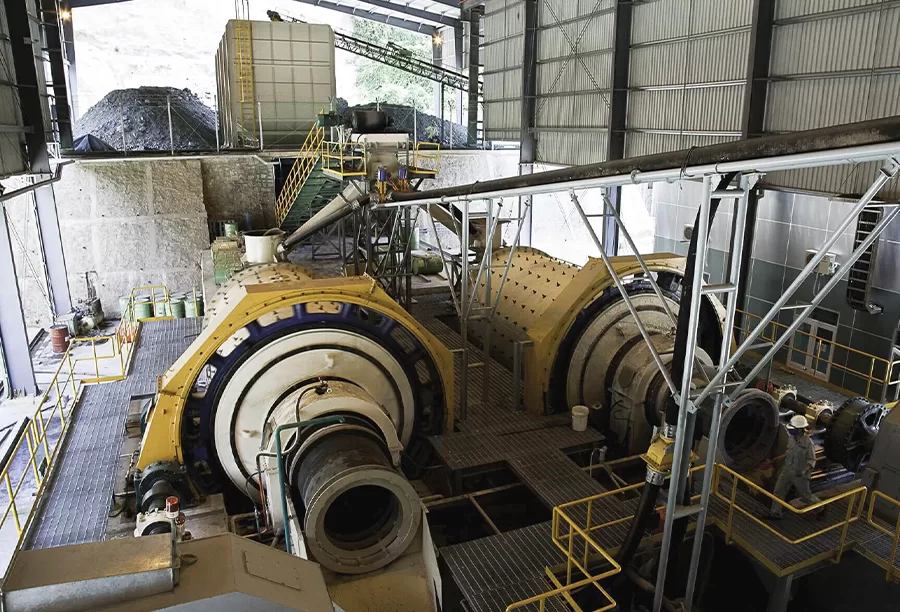
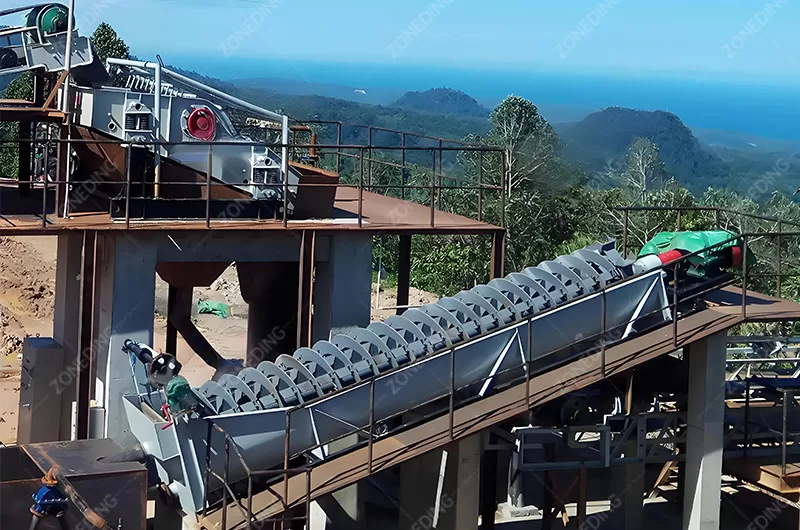
4. Separation Section:
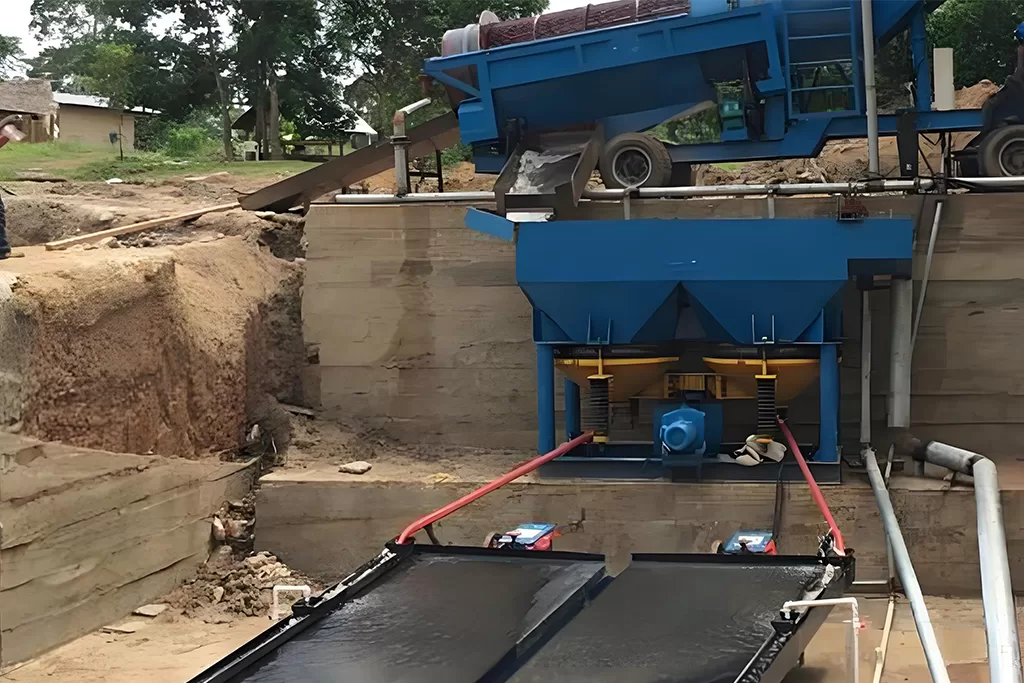
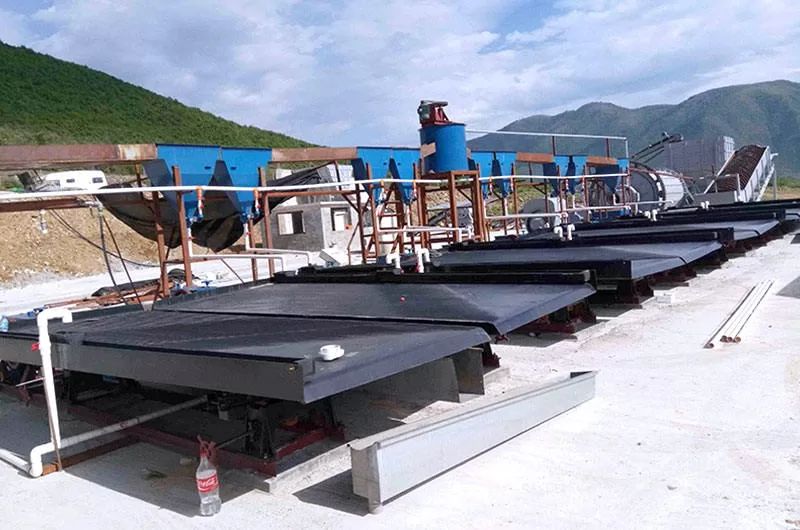
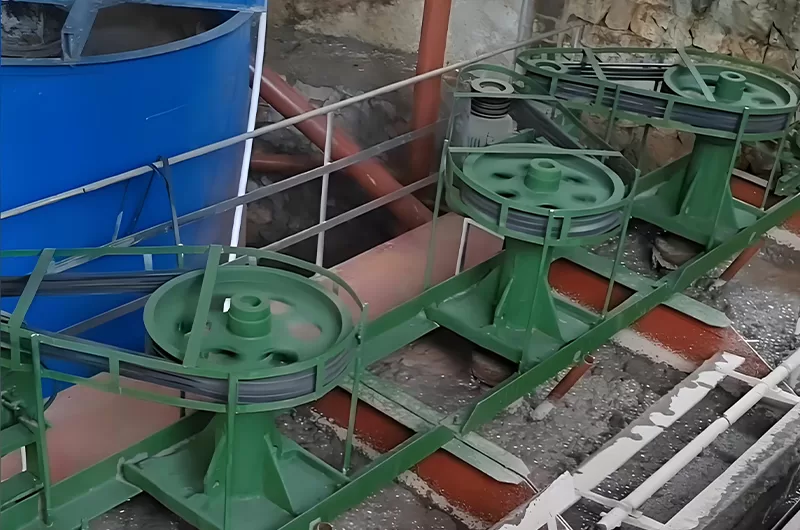
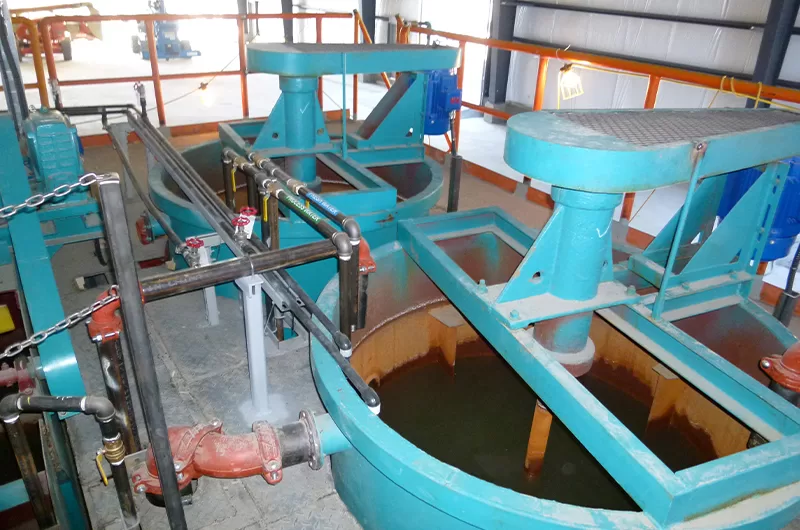
5. Dewatering Section:
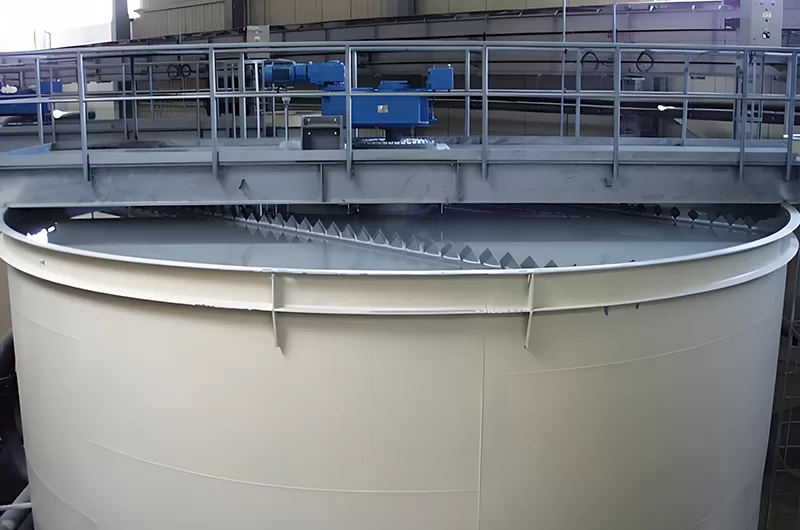
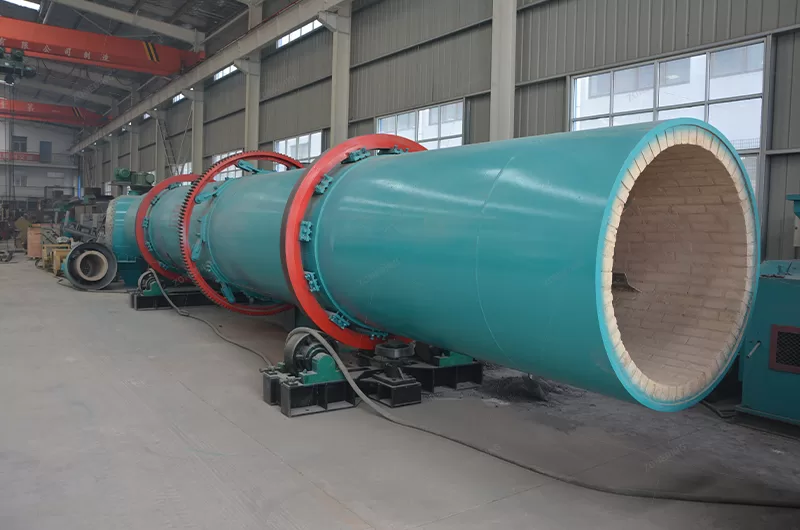
My experience shows that choosing equipment is not just about individual machines. It is about how they work together. For barite, minimizing over-grinding and efficient mud removal are key. You need machines that are durable and reliable. This ensures stable high production.
| Section | Key Equipment | Role in Process |
|---|---|---|
| Crushing | Jaw Crusher, Impact Crusher | Initial size reduction and preparation |
| Washing | Sand-Washing-Machine | Removes mud and clay, prevents coating |
| Grinding | Ball Mill, Rod Mill | Liberation of barite minerals |
| Separation | Jigging Separator Machine, Flotation Machine | Recovery of barite from waste |
| Dewatering | High-Efficiency Concentrator, Drum Dryer | Removing water from the final concentrate |
Choosing and controlling beneficiation reagents is a very detailed process. For barite, reagents must ensure high selectivity. This means separating barite from impurities effectively. They must also meet environmental standards.
Flotation for barite often uses fatty acid collectors. These are good for barite. But you must also use modifiers and depressants correctly. For example, to depress quartz, you might use sodium silicate. To depress calcite, you might use sodium carbonate. The exact amounts depend on your ore type. They also depend on water quality.
My view is that water quality greatly impacts reagent performance. Ions and suspended solids in recycled water can change how reagents work. This leads to unstable separation results. So, you need a good water management system. It ensures consistent water quality. It also reduces reagent waste. It also minimizes environmental impact. You must conduct detailed lab tests. These tests find the best reagent scheme for your specific barite ore. This saves money on reagents. It also helps meet API standards for your barite product.
Barite ore often comes with other minerals. These include sulfides (like pyrite) and iron oxides (like limonite). These impurities can lower the final product quality. They make it hard to meet API standards. Using auxiliary technologies like magnetic separation can effectively remove these impurities.
For example, if your barite ore has magnetic iron oxides, a Magnetic Separator can remove them. This is often done before or after gravity separation. It depends on the specific process flow. For sulfide minerals, you might use a pre-flotation step. This floats out the sulfides before barite flotation or gravity separation. Sometimes, a Shaking-Table can be used for very fine particles. It removes impurities with slight density differences.
My experience shows that integrating these auxiliary steps depends on detailed ore analysis. You need to identify what impurities are present. You also need to know how they are embedded. Only then can you choose the right auxiliary technology. This ensures a purer barite concentrate. It also helps meet strict API standards for specific gravity and purity.
| Technology | Target Impurity | Benefit for Barite Beneficiation |
|---|---|---|
| Magnetic Separation | Iron oxides, some magnetic silicates | Removes magnetic impurities, increases purity |
| Pre-flotation | Sulfides | Removes sulfides before main barite separation |
| Shaking Table | Fine impurities with density difference | Improves purity for fine-grained concentrates |
Barite processing faces growing environmental and cost pressures. Traditional methods use large amounts of water. They also create a lot of tailings. This leads to environmental problems. It also adds to costs. So, efficient solutions for tailings treatment and water recycling are crucial. This helps achieve “green and efficient” production.
1. Water Resource Management:
| Challenge | Solution | Benefits |
|---|---|---|
| Water Scarcity | Closed-loop water systems | Reduced fresh water use, lower water costs |
| Tailings Disposal | Dry stacking, tailings utilization | Reduced land use, lower environmental impact |
| Operational Costs | High-efficiency thickeners, energy-saving equipment | Lower operating expenses, improved profitability |
Modern barite beneficiation plants use smart production and automation. These tools help achieve stable efficiency. They also boost production. They also reduce human errors. This is a “smart upgrade.”
1. Real-time Monitoring and Data Analysis:
| Benefit | How It Is Achieved | Impact on Production |
|---|---|---|
| Stable Efficiency | Real-time data, AI adjustments | Consistent product quality, reduced variability |
| Higher Production | Optimized processes, reduced downtime | Increased throughput, maximized output |
| Cost Savings | Optimized resource use, predictive maintenance | Lower energy, reagent, and repair costs |
You now know that barite beneficiation is complex. It needs special solutions for each ore type. So, choosing the right supplier is very important. You need a partner who truly understands your specific barite ore. They must offer full-process solutions. This partnership is vital for your project’s success.
Here is what to look for when choosing a professional supplier:
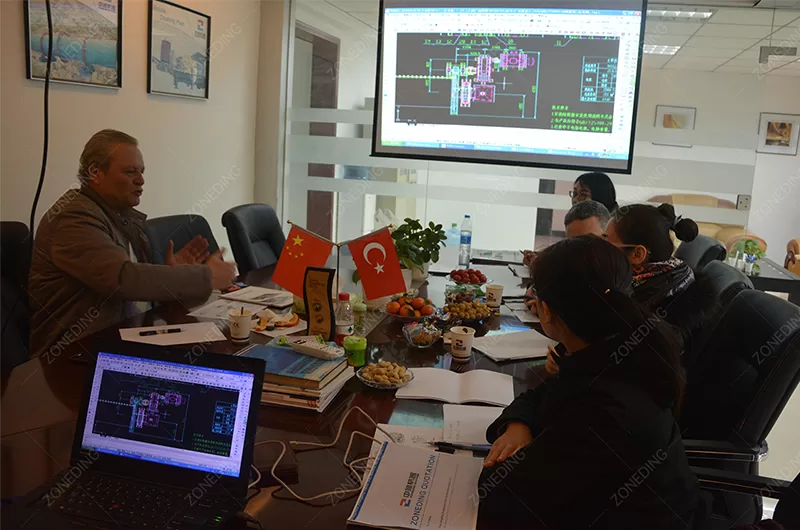
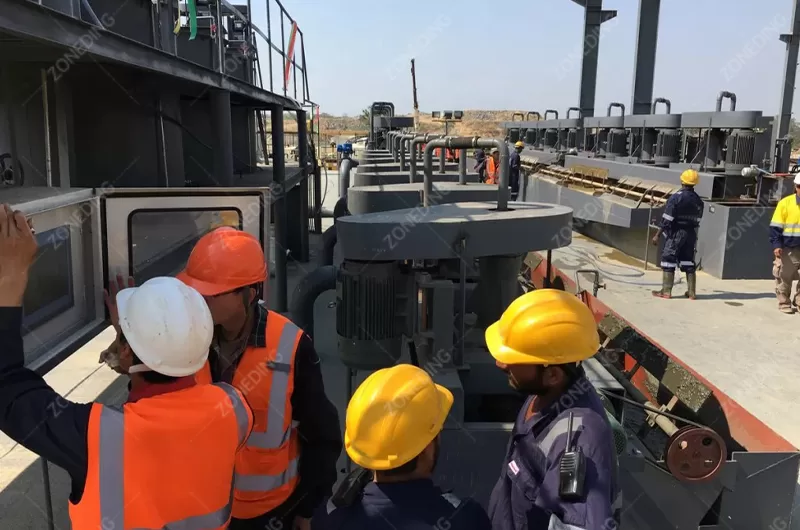
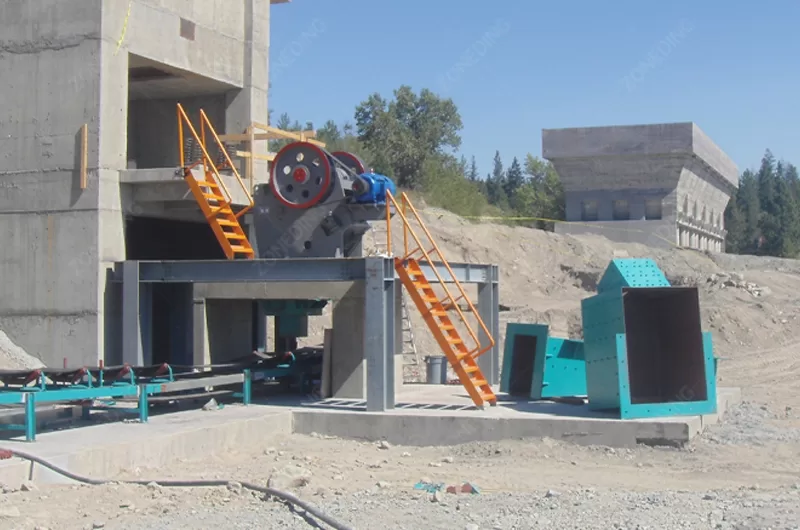
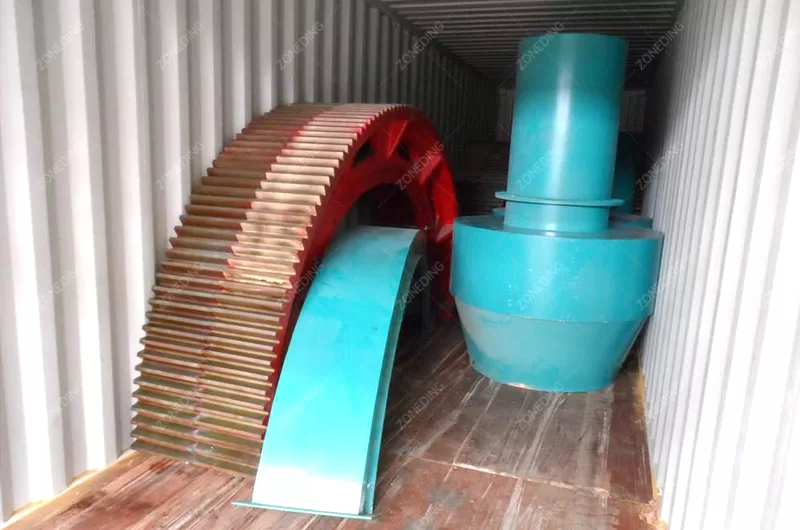
Q 1: Why is specific gravity important for barite?
A: Specific gravity is a key quality measure for barite. High specific gravity (like 4.2 g/cm³) is needed for drilling muds. It provides weight to control well pressure.
Q 2: What is the main challenge when processing muddy barite ore?
A:High mud content can coat barite particles. This makes them hard to separate in gravity circuits. Pre-washing is essential to remove this mud.
Q 3: When should I consider flotation for barite?
A: Flotation is best for very fine barite particles. It also works for complex ores where barite is tightly bound with other minerals. Gravity separation struggles with these.
Q 4: How can I reduce grinding costs for barite?
A: Optimize your grinding by aiming for “optimal liberation,” not just fineness. Use multi-stage grinding with efficient classifiers. Also, remove mud effectively.
